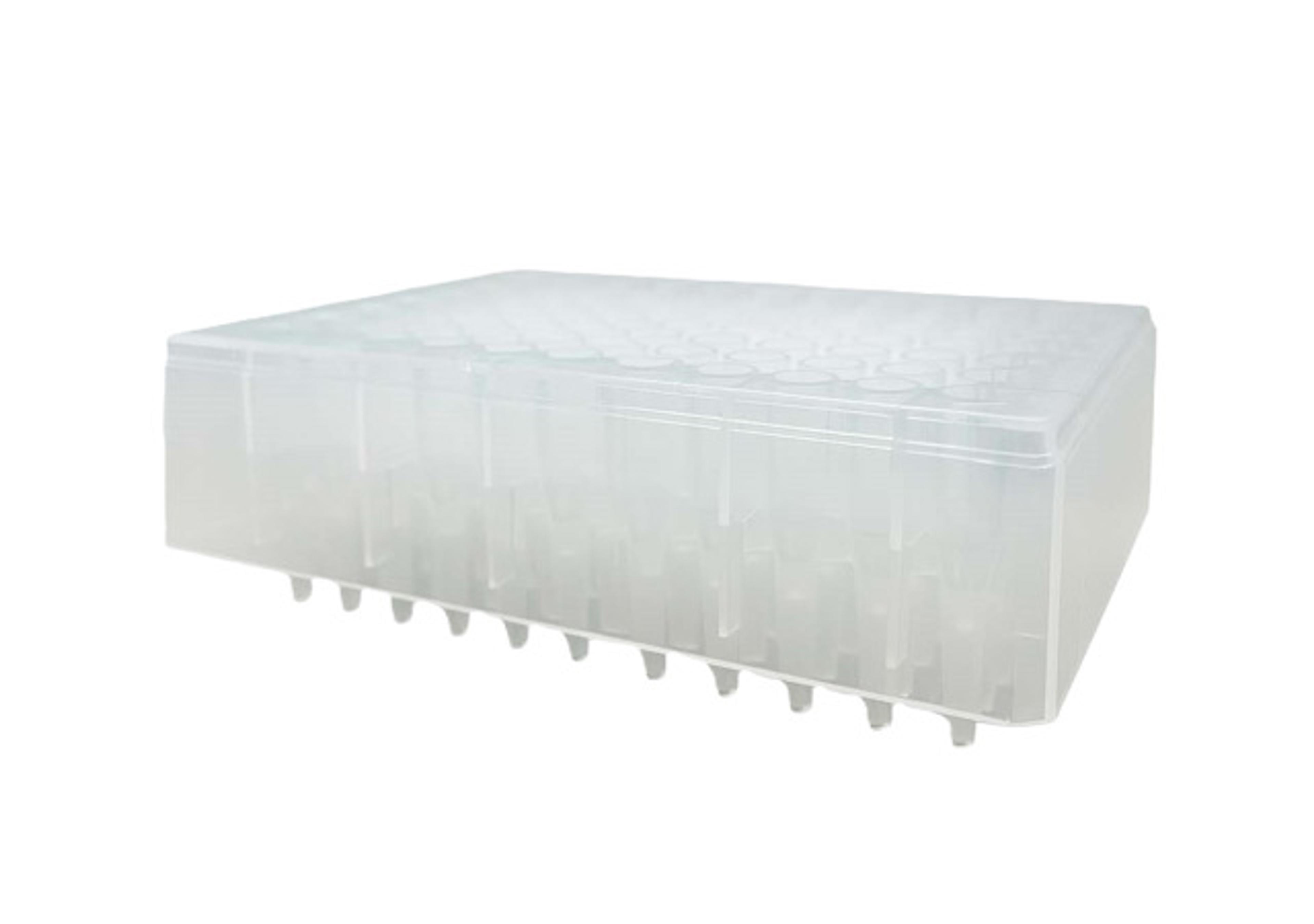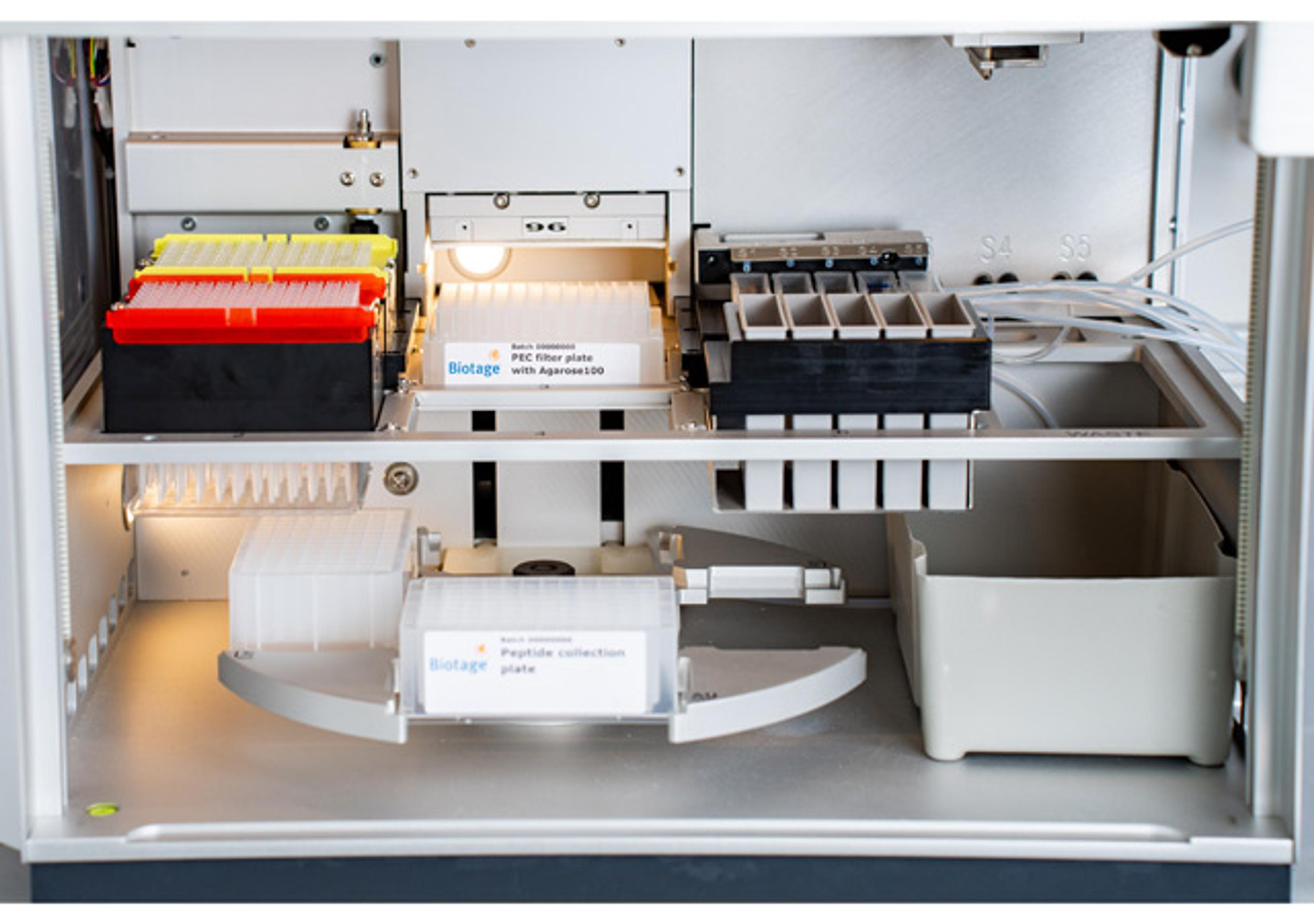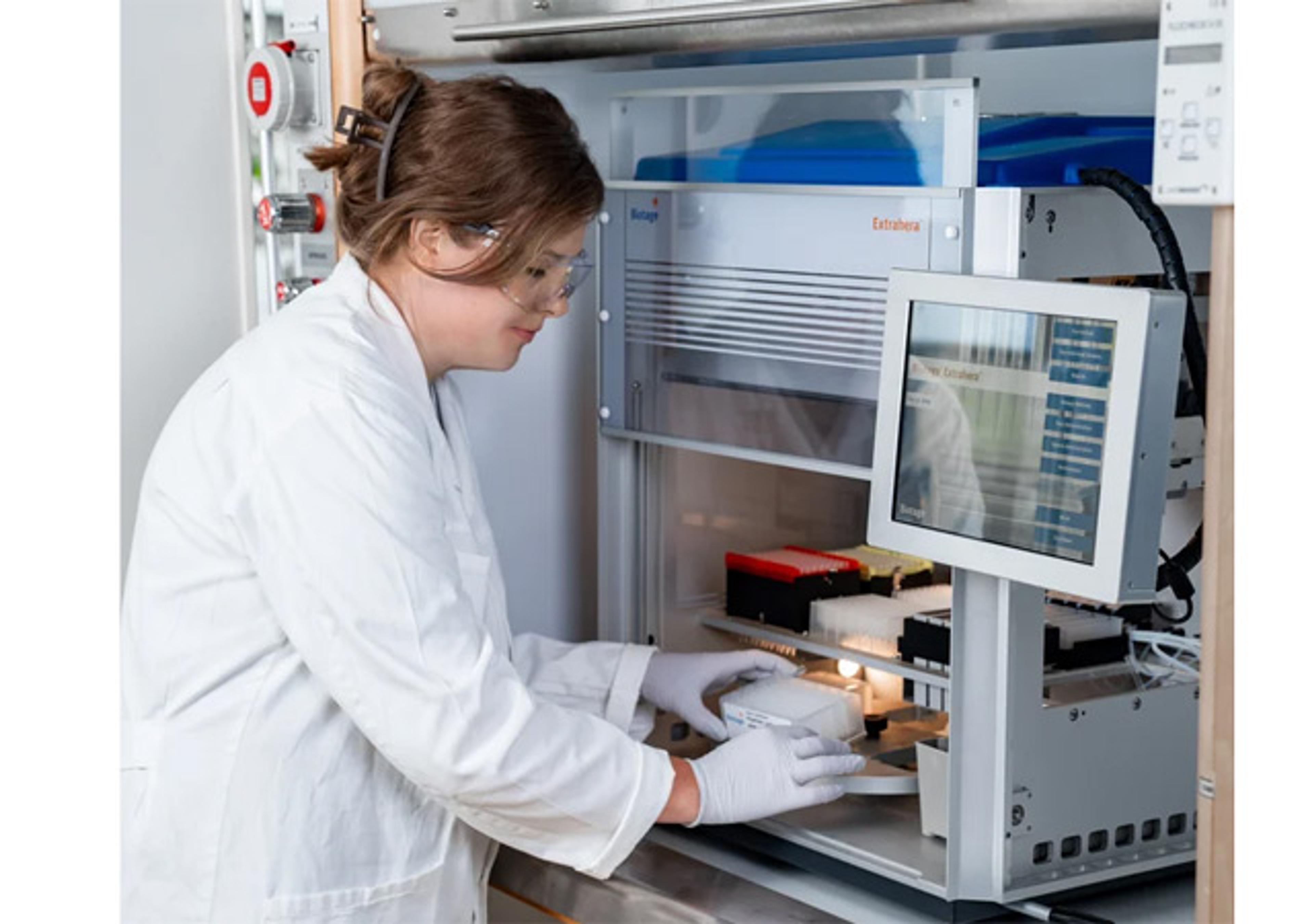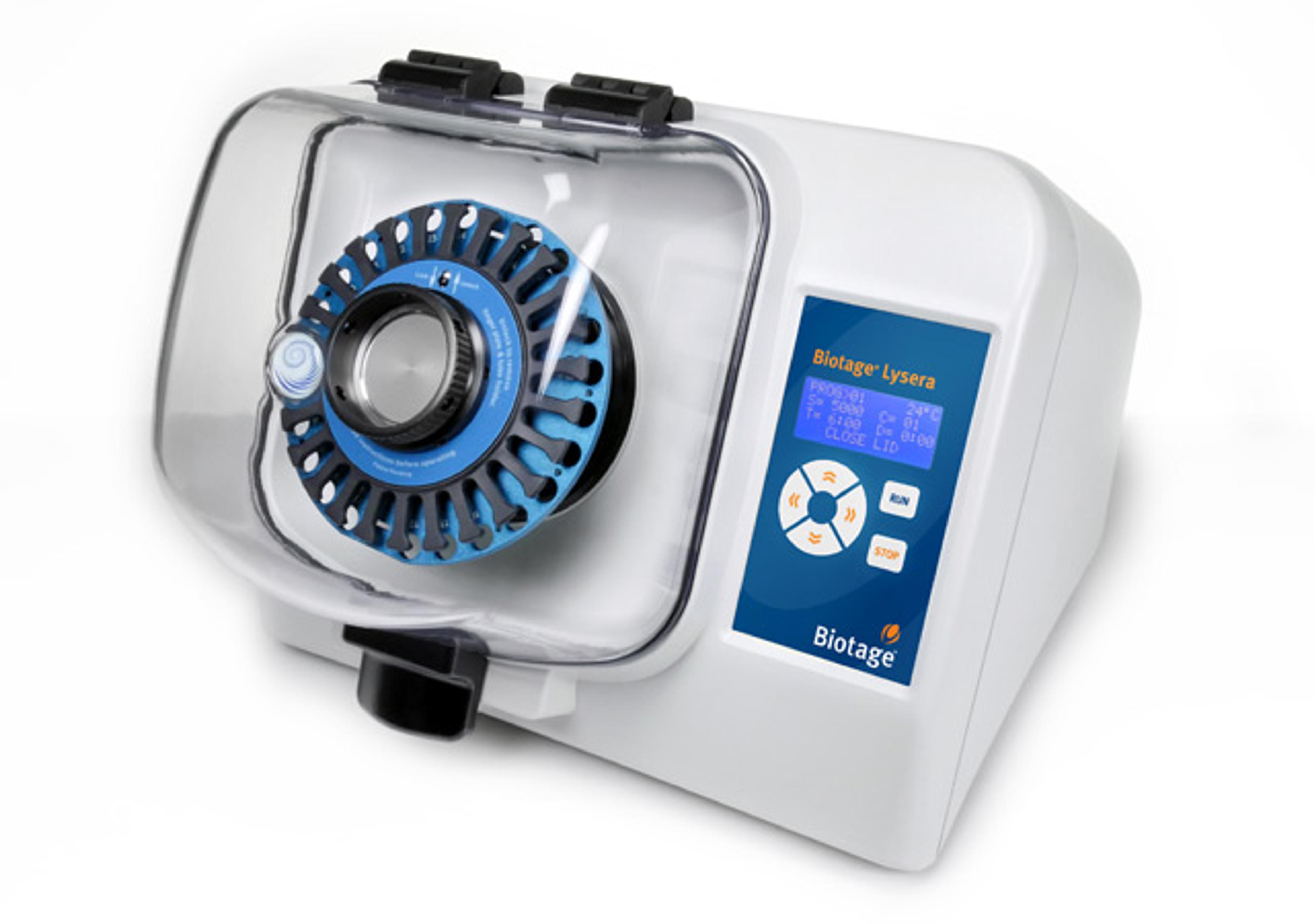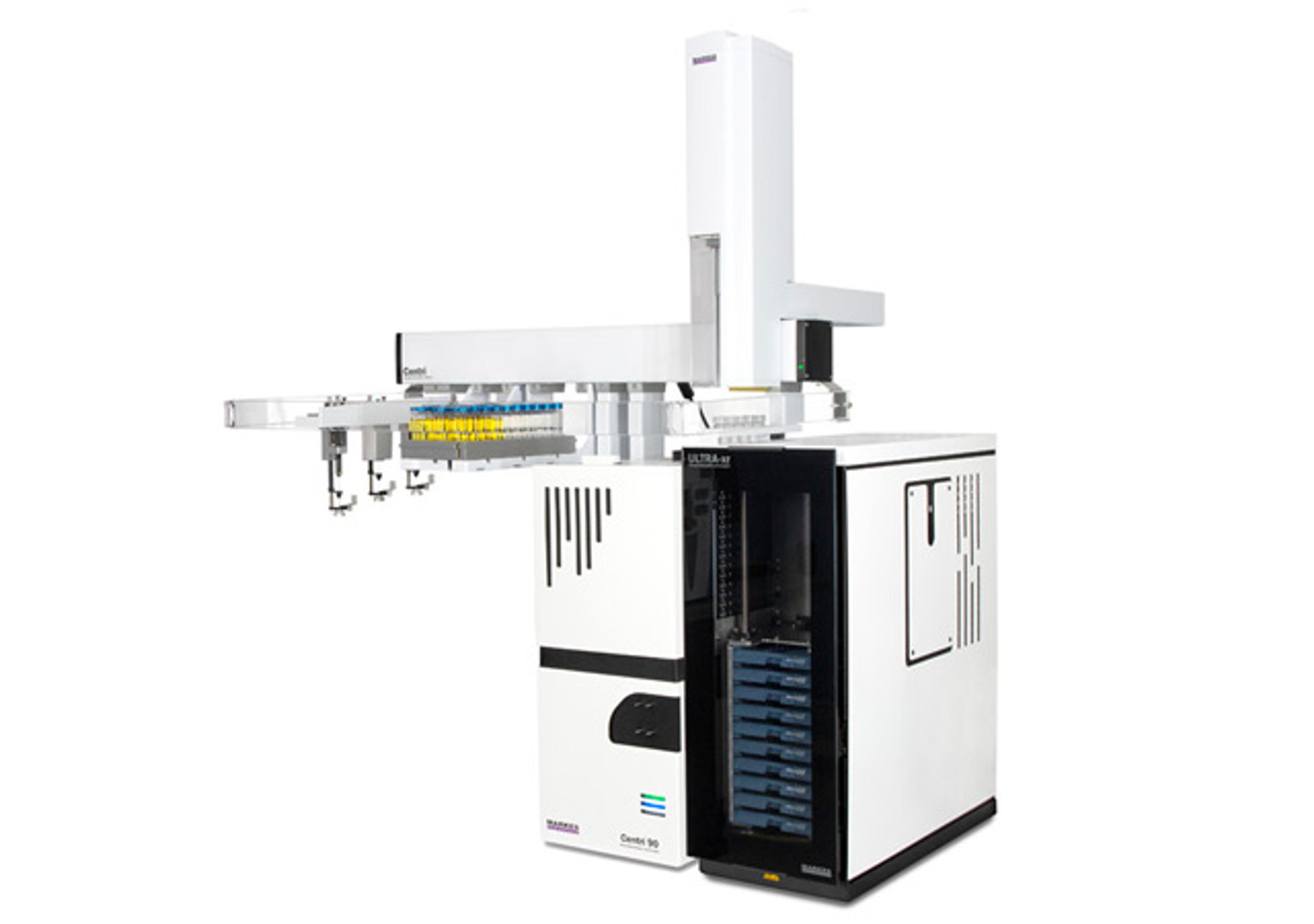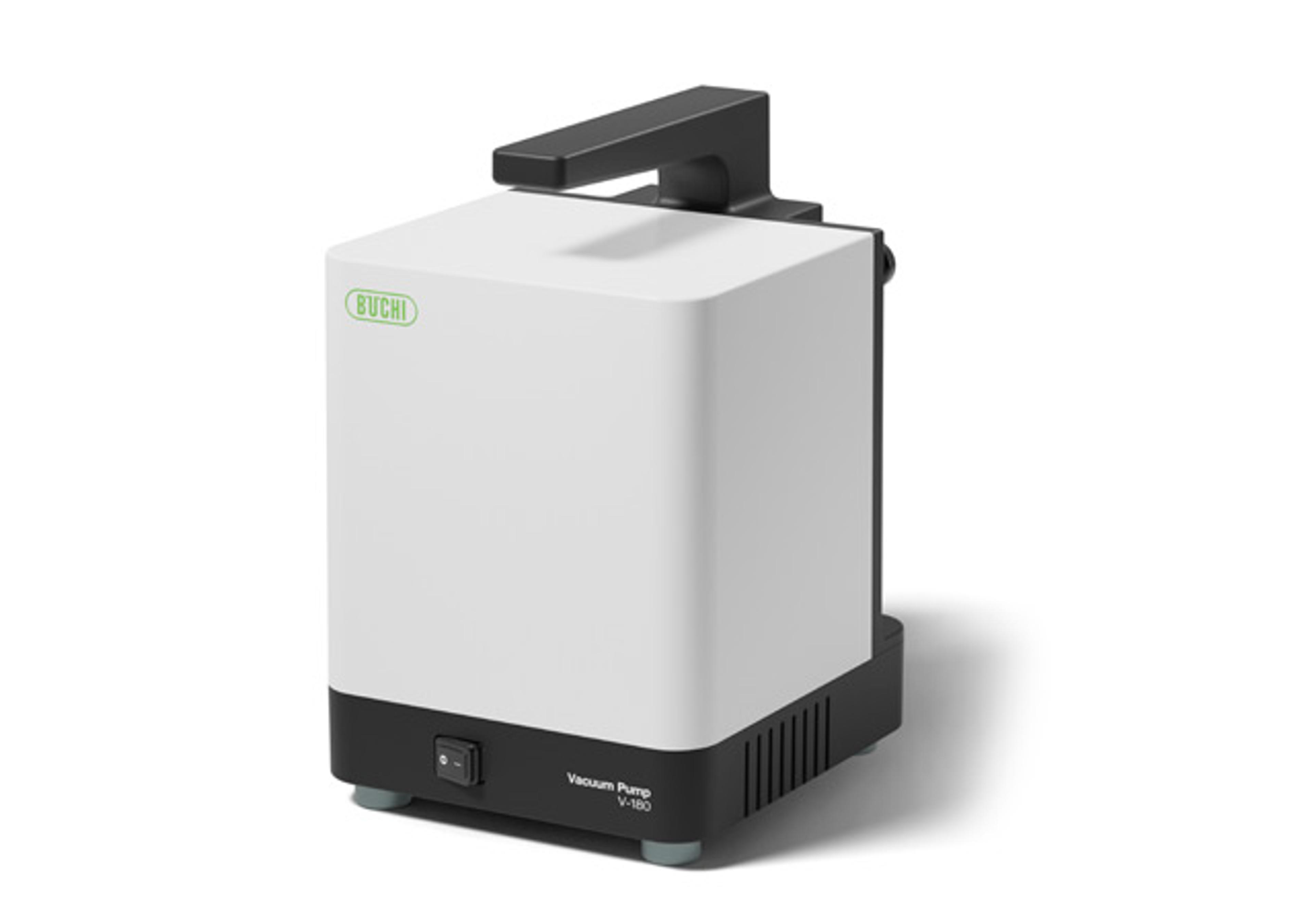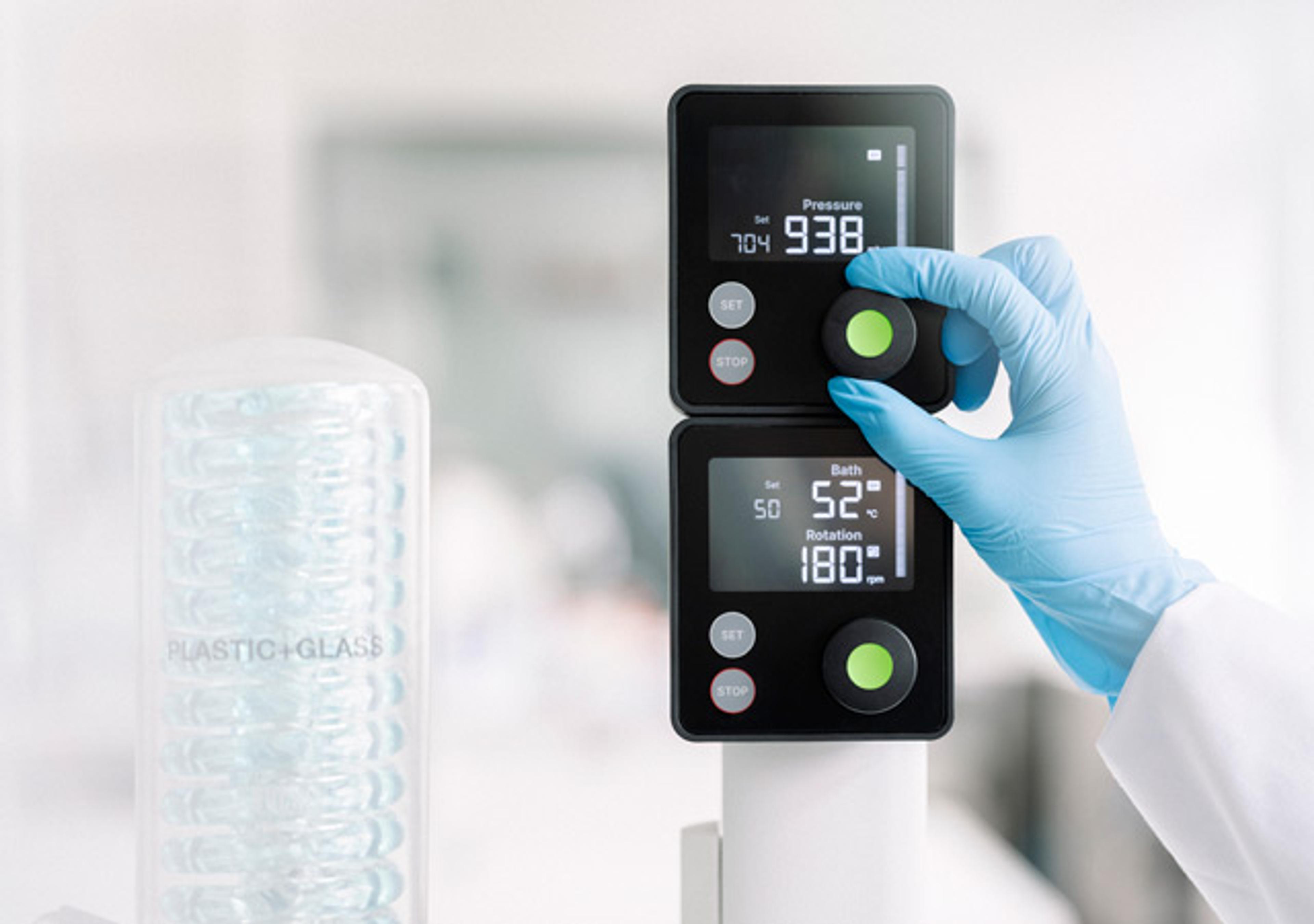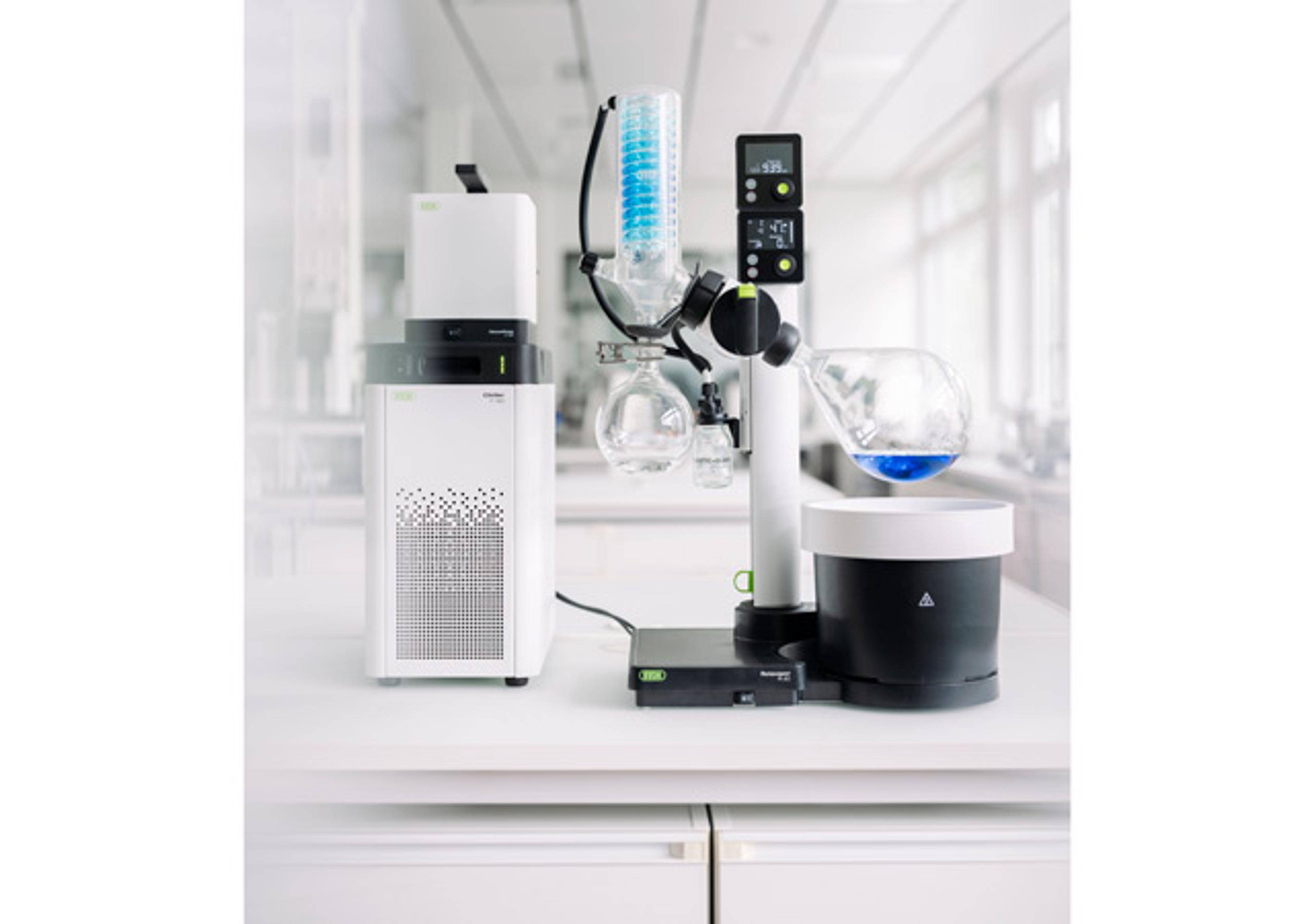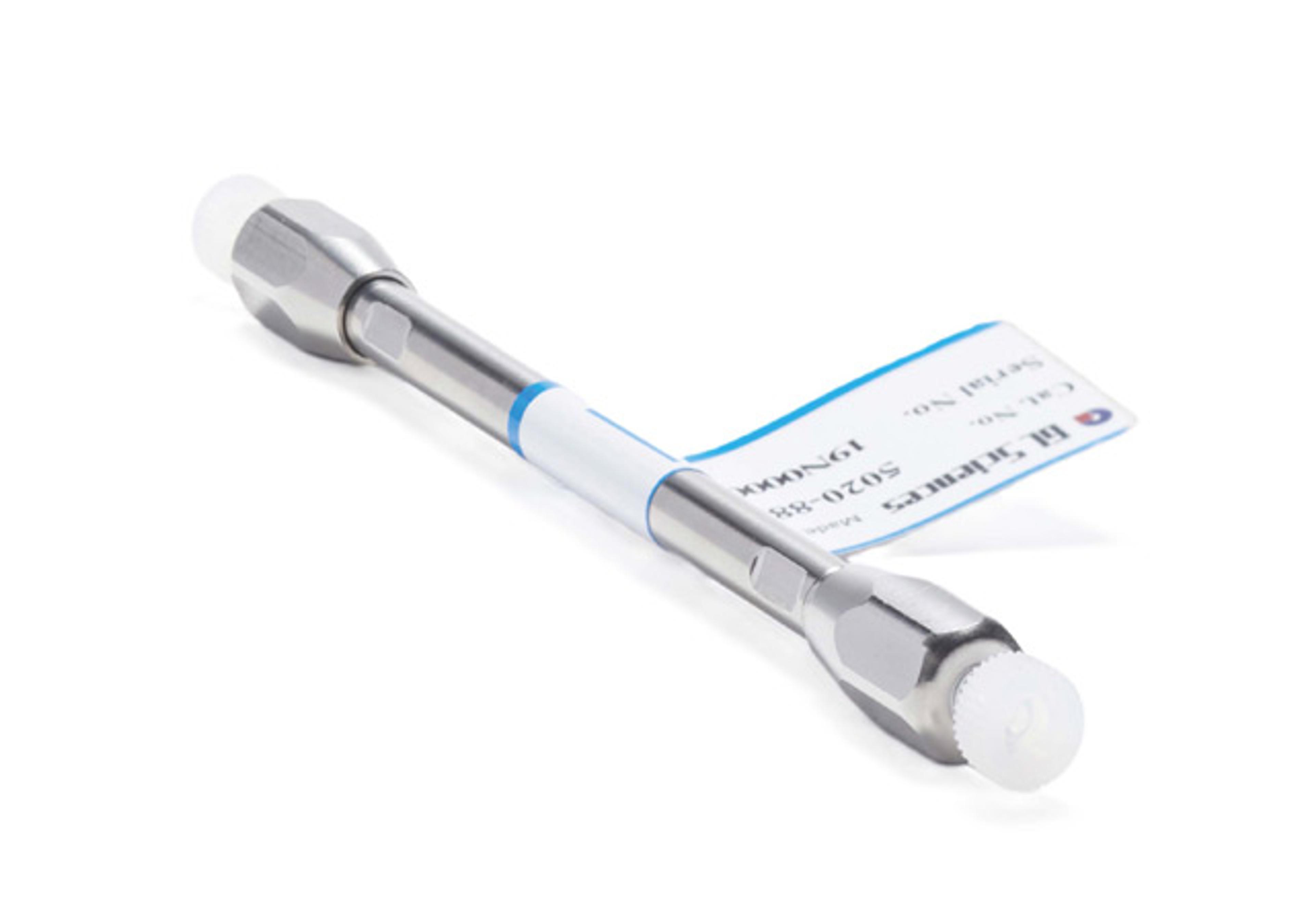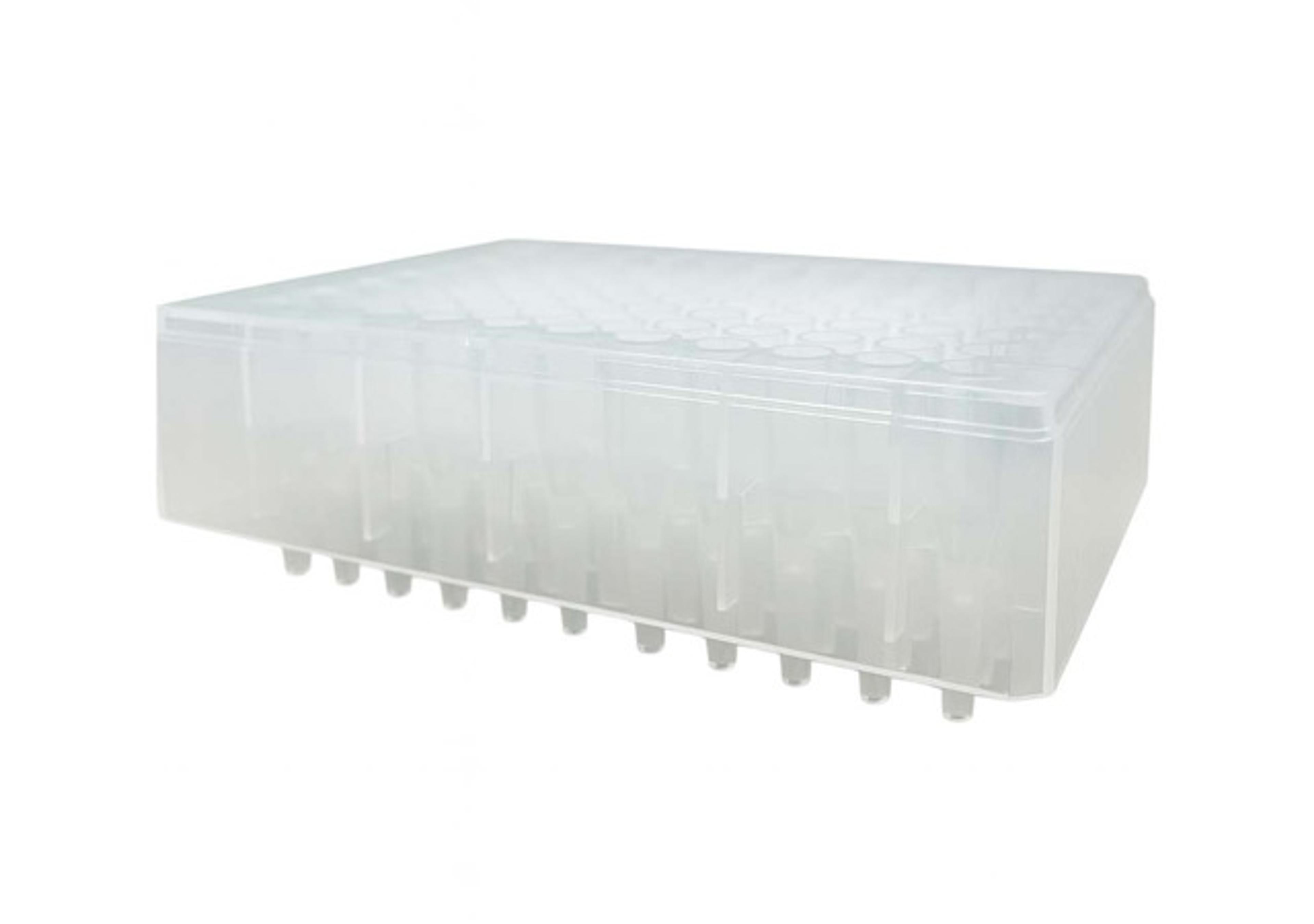MEPS
MEPS (patent pending) performs the same function as SPE, namely the purification or speciation of samples, but with some significant differences: MEPS works with much smaller samples (as small as 10µL) than full scale SPE MEPS can be fully automated – the sample processing, extraction and injection steps are performed on-line using the same syringe MEPS is applicable to GC and LC Significantly reduces the volume of solvents an…

The supplier does not provide quotations for this product through SelectScience. You can search for similar products in our Product Directory.
Fast and sensitive sample prep methods, perfect for automation with GC or LC samplers.
Sample preparation
Fast, sensitive and easy sample prep methods. It's micro solid phase extraction all done in the syringe itself. It could be easily automated with a variety of GC and LC autosamplers (e.g. CTC PAL, Gerstel...). The cheapest way is using manual injection or manual sample prep, putting prepared samples in vial for autoinjectors. Variety of solid phase bins (comes together with replacement needles) will be great for many different sample prep analyses.
Review Date: 30 Oct 2020 | SGE Analytical Science
This is easy, fast and simple sample preparation technique
Biological active compounds
The MEPS is high reproducible, easy a simple technique, which is possible to automated. However, in semiautomatic approach The meps provides lower throughput. The lot of types of sorbet are available. This is the suitable tools for the sample preparation of biological active compouds
Review Date: 20 Jun 2017 | SGE Analytical Science
Great, easy to use, better reproducibility
Isolation of pharmaceutically important compounds
MEPS is easy to use, you can automatically set-up the speed of sample loading and also loaded volume. it saves the analysis time and also provides the results with good reproducibility in comparison with manual MEPS procedure.
Review Date: 20 Jun 2017 | SGE Analytical Science
MEPS (patent pending) performs the same function as SPE, namely the purification or speciation of samples, but with some significant differences:
MEPS works with much smaller samples (as small as 10µL) than full scale SPE
MEPS can be fully automated – the sample processing, extraction and injection steps are performed on-line using the same syringe
MEPS is applicable to GC and LC
Significantly reduces the volume of solvents and sample needed
Peter Dawes, chairman of SGE Analytical Science, speaks to "The Column" about the benefits & applications of this novel approach. Read more...
To view an animated presentation on MEPS click here.
Sample Size and Sensitivity:
Sample volumes as small as 10µL can be used or larger samples, 1mL or more, may be concentrated by taking multiple aliquots of 100µL or 250µL.
Re-useable
Typical BIN life is conservatively about 40-100 samples but actual life is dependant on the sample matrix. The small quantity of phase in the MEPS BIN can be easily and effectively washed between samples which removes the possibility of carry-over. This process simply is not practical on conventional SPE devices.
Flexible and easy to use:
MEPS BINs are available in a variety of common SPE phases. The dimensions of the sorbent bed ensure that the sorbent performance remains identical to conventional SPE devices used for extraction of similar samples
Sample preparation for complex biological samples is readily adapted to MEPS and reduces the volume of sample and reagents required for extraction when compared with conventional SPE and other "micro extraction procedures".
The MEPS approach to sample preparation is suitable for reversed phases, normal phases, mixed mode and ion exchange chemistries. Because MEPS BINs can be used for sample volumes as small as 10µL it makes them particularly well suited to on-line use with LC-MS analysis of volume limited samples.




